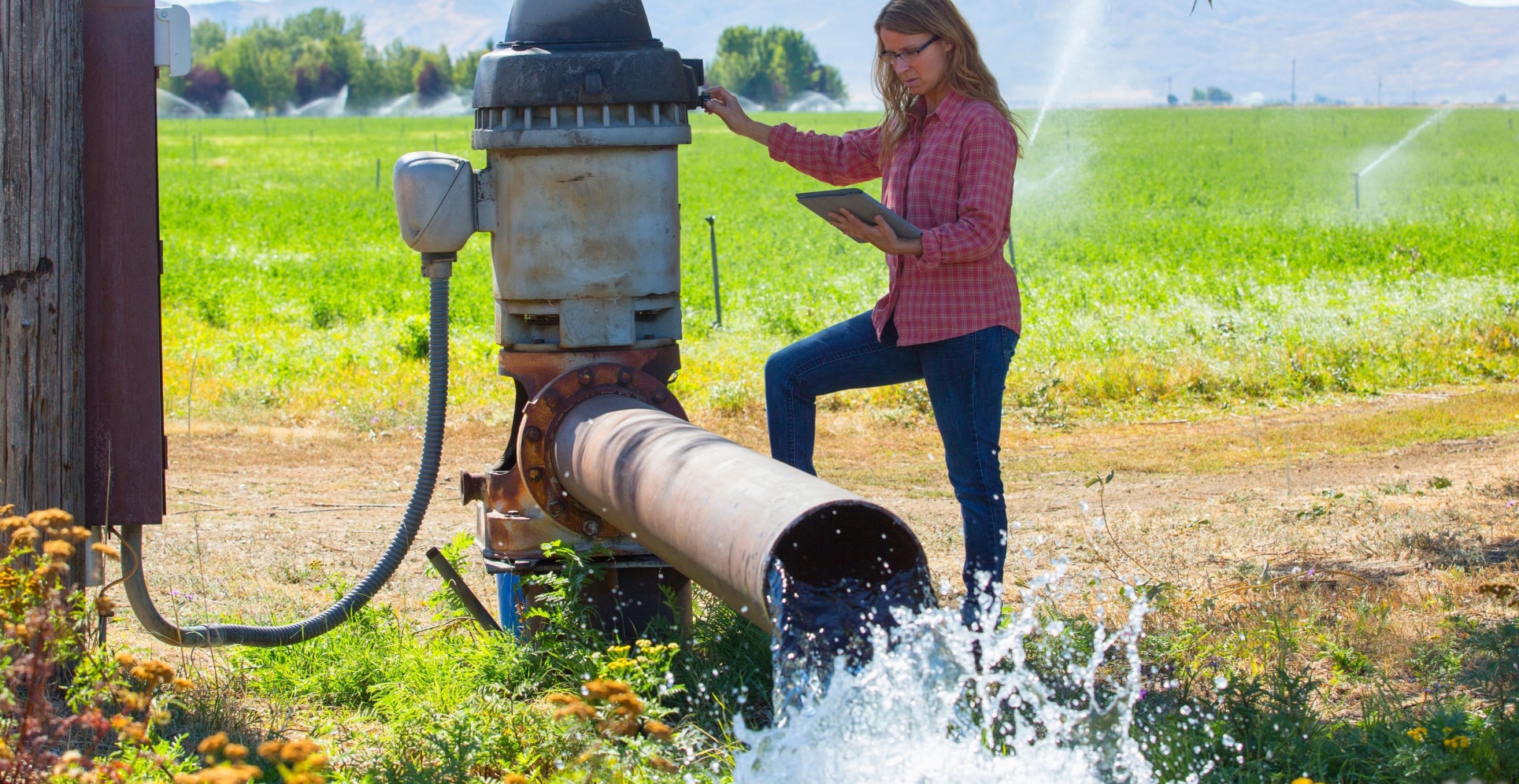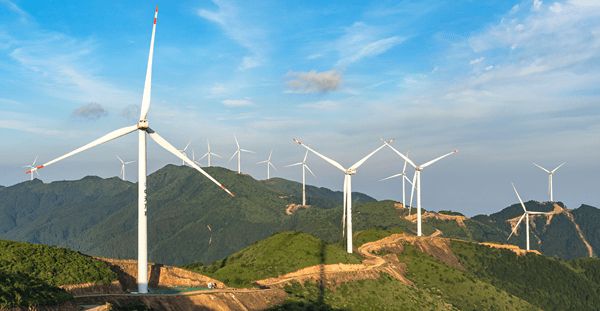When I was a young engineer working on wastewater treatment plant projects, I employed the tools and technologies available to me, like Excel or treatment models, to help develop the most accurate, practical solutions possible for those projects. Those tools helped me greatly at the time, but they were still limited in their ability to accurately represent the overall system dynamics that would help develop solutions to better optimize available resources.
Fast forward to today, we now have access to tools like artificial intelligence and machine learning that can provide better and faster solutions we could only imagine 20 years ago—but while many utilities are aware of and interested in utilizing these tools, there are barriers to widespread implementation.
The application of AI presents countless opportunities for water utilities to optimize their operations, and in fact is not new to the water industry; we can trace some of its applications back at least 20 years, when utilities were using these technologies for real-time control of the sewer systems. In the last decade, and particularly in the last few years, we have witnessed a gradual but steady integration of human-centric AI technologies into our everyday activities such as Alexa, Siri or Waze, which provide us with a better understanding of our environment and surroundings and help us make better, more informed decisions. The age of artificial intelligence is here and has become mainstream, and this includes the water industry.
Among utilities there is increased interest in the application of a new generation of technologies including the Internet of things (IoT), digital twins, AI and ML to gain several benefits including better asset operations and maintenance, financial investment planning and optimization, water sourcing, resource optimization and customer experience. AI/ML helps with better decision making and can thereby help with meeting long-term goals related to sustainability and decarbonization. There are countless opportunities to use new technology to improve water processes—so why aren’t all water utilities implementing AI and ML in their operations?
While the knowledge and awareness of implementing AI/ML have increased noticeably for the water industry, utilities continue to struggle with operationalizing this knowledge. The challenge is often about where to start, how to identify and prioritize the application of AI/ML projects and how to determine if one should use existing in-house technologies or buy commercial off-the-shelf solutions. The technologies exist, but we currently lack a roadmap for how to successfully implement them.
The water industry is generally risk averse because we are in the business of the health and safety of communities and economies. Utility staff, managers and leadership want to utilize AI/ML tools but are looking for demonstrated case studies so that we can learn from recent projects to gain confidence with these new technologies before implementing them at our own organizations. We are also looking for proven, direct and indirect benefits of AI/ML technologies to justify the allocation of utility resources. While the number of utilities implementing pilots and some full-scale applications of these technologies are increasing, information about the potential benefits of AI/ML and lessons learned from recent projects is not widely available.
To help address these concerns, The Water Research Foundation (WRF) has developed a project (WRF 5189) to provide quantifiable results and real case studies that will help utilities evaluate AI/ML techniques and determine what tools are the best fit for their organization. The project aims to answer questions such as: how can utilities quantify the outcomes and benefits of AI/ML, compared to traditional methods? How can utilities assess, plan and successfully implement AI/ML projects? What can they learn from other utilities’ experiences?
Water utilities of all sizes and at different digital maturities and capabilities share these questions and challenges and would greatly benefit from having a framework that provides them the steps to navigate their journey with the implementation of AI/ML products and solutions. Arcadis has teamed up with Hazen, Virginia Tech SWIM Center, Bluefield Research, 23 water utilities, and 15 technology providers to lead the WRF 5189 project, with the goal of creating this framework, and to ultimately increase the level of adoption of AI/ML technologies within water utilities.
If you are interested in learning more about this leading industry research or would like to partner with us, please reach out to me.





